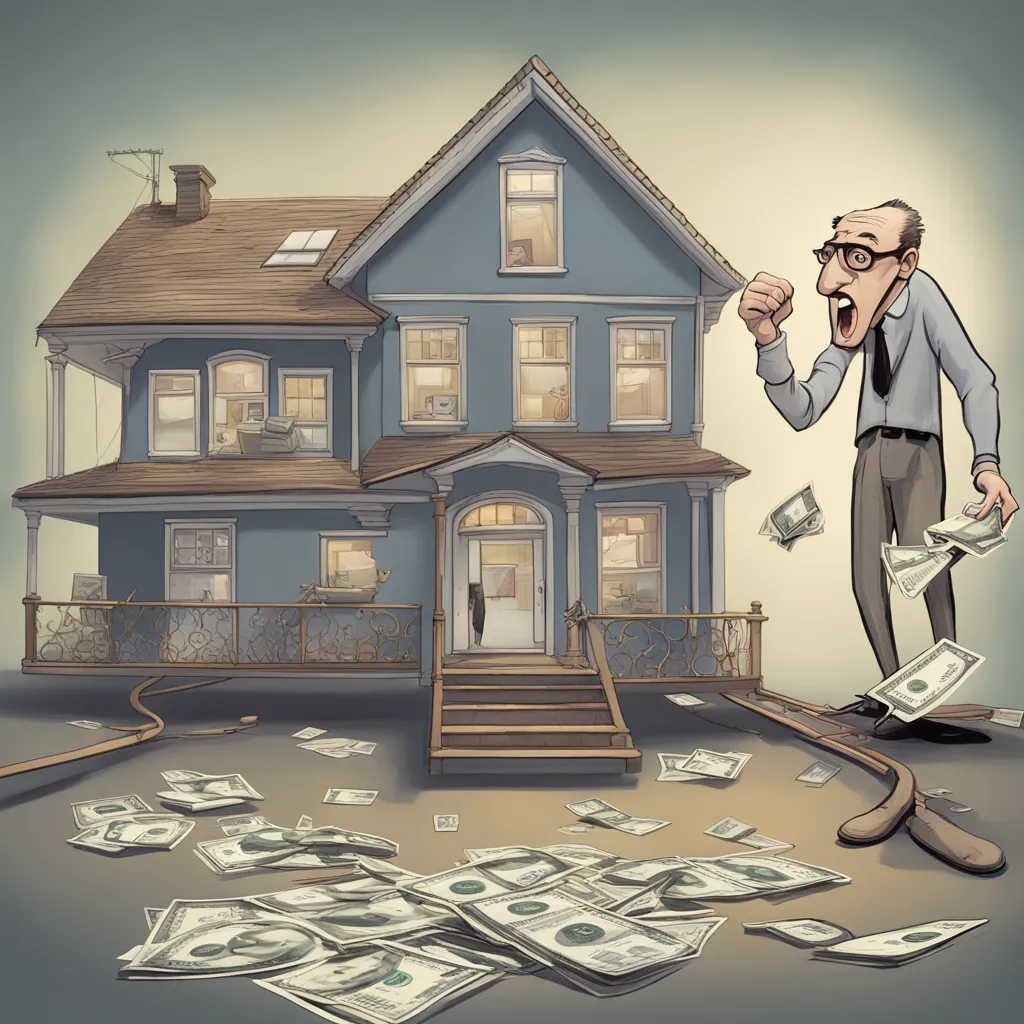Rising home prices and mortgage rates make it harder to access housing in the U.S.


More than 35 percent of national-level median wages are spent on the basic costs of homeownership, reaching a new record over the past decade.
Meanwhile, historic housing affordability is reaching a new low in the United States. As the ATTOM report for the third quarter of 2023 shows, prices for single-family homes and apartments have become less affordable in 99 percent of counties nationwide compared to the average during periods of historical averages. This trend continues a two-year trend of increasing difficulty in buying real estate for the average American earner.
The report shows that affordability has worsened nationwide due to rising home prices and''s mortgage rates, which has increased the share of basic homeownership costs to 35 percent of the national average wage. That number is considered unaffordable by general lending standards, which require a debt-to-income ratio of no more than 28 percent. This is the highest level since 2007 and is well above the 21 percent level seen in early 2021, just before mortgage rates rose from historic lows.
With mortgage interest rates rising above 7 percent on average over a 30-year term, up from less than 3 percent in 2021, and home prices rising again in the third quarter of this year, buying a home for buyers is becoming increasingly difficult.'''The national average price for single-family homes and condos rose 2 percent from the second quarter of this year, setting a new record of $351,250. Average home values nationwide have risen for two consecutive quarters after a pullback that lasted from mid-2022 to early 2023 and threatened to end a prolonged upswing in the U.S. real estate market that has lasted 11 consecutive years.
These recent price and interest rate increases, as well as other factors, continue to amplify the growth in the basic costs of homeownership much faster than wage growth.


While the affordability situation continues to worsen for buyers, the factors creating this situation continue to change, which could affect trends in the coming months. Although home prices are rising, they are doing so at a moderate pace in the third quarter and mortgage rates are beginning to stabilize. Simultaneously, the stock market has declined over the past few months after a year''growth, and inflation, on the other hand, has started to increase after a year of decline. These factors are both helping and hurting the purchasing power of home seekers, which could lead to a shift in affordability indicators in one direction or the other.
Comment
Popular Posts
Popular Offers

Subscribe to the newsletter from Hatamatata.com!
Subscribe to the newsletter from Hatamatata.com!
I agree to the processing of personal data and confidentiality rules of Hatamatata







